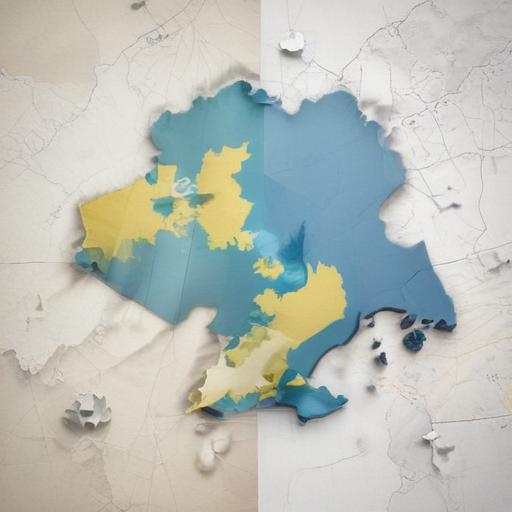After the much-hyped Alaska summit, European leaders remain wary even as the immediate worst-case scenario appears not to have materialized. Two European officials, speaking on condition of anonymity, said that President Donald Trump now sees a potential for a rapid peace settlement with Russia—so long as Ukraine agrees to surrender more territory in the eastern Donbas region. The officials stressed that the burden would then fall on Ukraine’s president, Volodymyr Zelensky, to seal a deal, with Europe urged to play a supportive role.
In remarks following the Alaska gathering, Trump offered sharply mixed signals about Ukraine. He publicly praised Vladimir Putin, telling Fox News that Russia is “a very big power,” while implying Ukraine was at a disadvantage. He added that “Now it is really up to President Zelensky to get it done,” and suggested that European nations should become more involved.
What this means
– The comments reflect a wider tension among Western allies over the terms of any potential settlement with Russia and the fate of Ukraine’s territorial holdings.
– The reliance on anonymous European officials underscores the sensitivity of private diplomacy and the delicate balance between supporting Kyiv and pursuing a negotiated outcome that could require concessions.
– The Alaska summit appears to have cooled immediate fears of hard concessions from Washington, but it did not resolve the core dispute over Ukraine’s borders or solidify a unified European stance.
Why it matters
– Kyiv’s perception of Western support is critical to its negotiating leverage. Any credible signal that major concessions are contemplated could shift Kyiv’s diplomatic calculus and influence how robustly European allies fund and arm Ukraine in the near term.
– The interplay between public posturing and private diplomacy highlights the fragility of coalition unity on NATO cohesion, military aid, and long-term security guarantees for Ukraine.
What to watch next
– Any official clarifications from Washington or European capitals about the conditions under which a peace agreement might be possible, and what role they see for Donbas and other contested territories.
– The reaction in Kyiv and among Ukraine’s Western partners to discussions that hint at territorial concessions.
– Potential shifts in defense aid, sanctions policy, and diplomatic outreach as allies weigh the balance between deterrence, alliance solidarity, and the pursuit of diplomacy.
A hopeful takeaway
– If a future agreement can be crafted that preserves Ukraine’s sovereignty and security while offering verifiable pathways to peace, European leaders are likely to reaffirm their commitment to Kyiv and to working with partners to implement any agreed terms. Private diplomacy often aims to create space for difficult negotiations, and the coming weeks will reveal whether such space can translate into a durable, internationally supported settlement.
Summary
– Following the Alaska summit, European officials suggest Trump envisions a rapid peace deal contingent on Ukraine making concessions in Donbas, with Zelensky bearing responsibility to clinch it and Europe urged to engage more. Trump’s praise of Putin in a media appearance adds to a complex mix of public messaging and private diplomacy shaping the trajectory of Ukraine-Russia talks.
Contextual note
– The visibility of anonymous officials in reporting reflects the sensitivity and fragility of private diplomacy in high-stakes international negotiations. Observers will be watching for clearer statements from leaders on the feasibility and conditions of any negotiated settlement, as well as whether Western support for Ukraine remains steadfast in the face of potential territorial compromises.
